Mummified 44,000-Year-Old Wolf Uncovered in Russia Was Perfectly Preserved
In a truly rare and remarkable find, researchers have unearthed the remains of a wolf that had been perfectly preserved in the ice for tens of thousands of years in Russia’s permafrost.
Further examination of the ancient wolf’s remains will give researchers a better understanding of what this canine relative’s diet was like during the Pleistocene era while simultaneously shedding light on ancient bacteria. The discovery could potentially lead to new insights into paleontology and evolutionary biology.
Ancient Wolf Found in Russian Permafrost
Several years ago, researchers were alerted to the discovery of a frozen wolf by residents of Yakutia in eastern Russia.
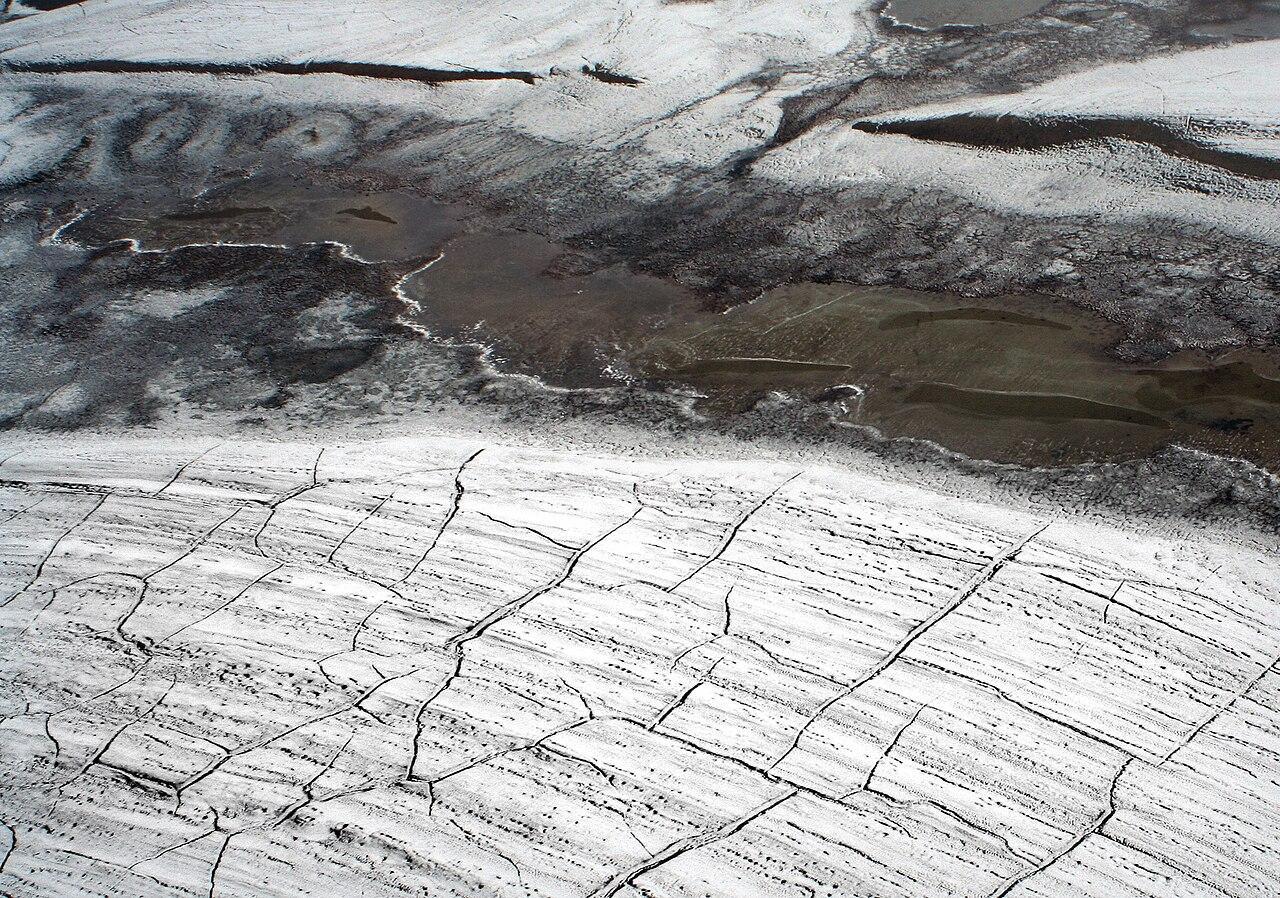
Source: Wikimedia
The wolf was frozen deep beneath the permafrost in this region of Russia, which typically remains frozen all year. However, recent changes in the global temperature, attributed to climate change, have led to the ice thawing.
44,000-Year-Old Wolf
In 2021, researchers collected the frozen wolf and transported the mummified remains to North-Eastern Federal University in Yakutsk, where they have been conducting tests on the animal.
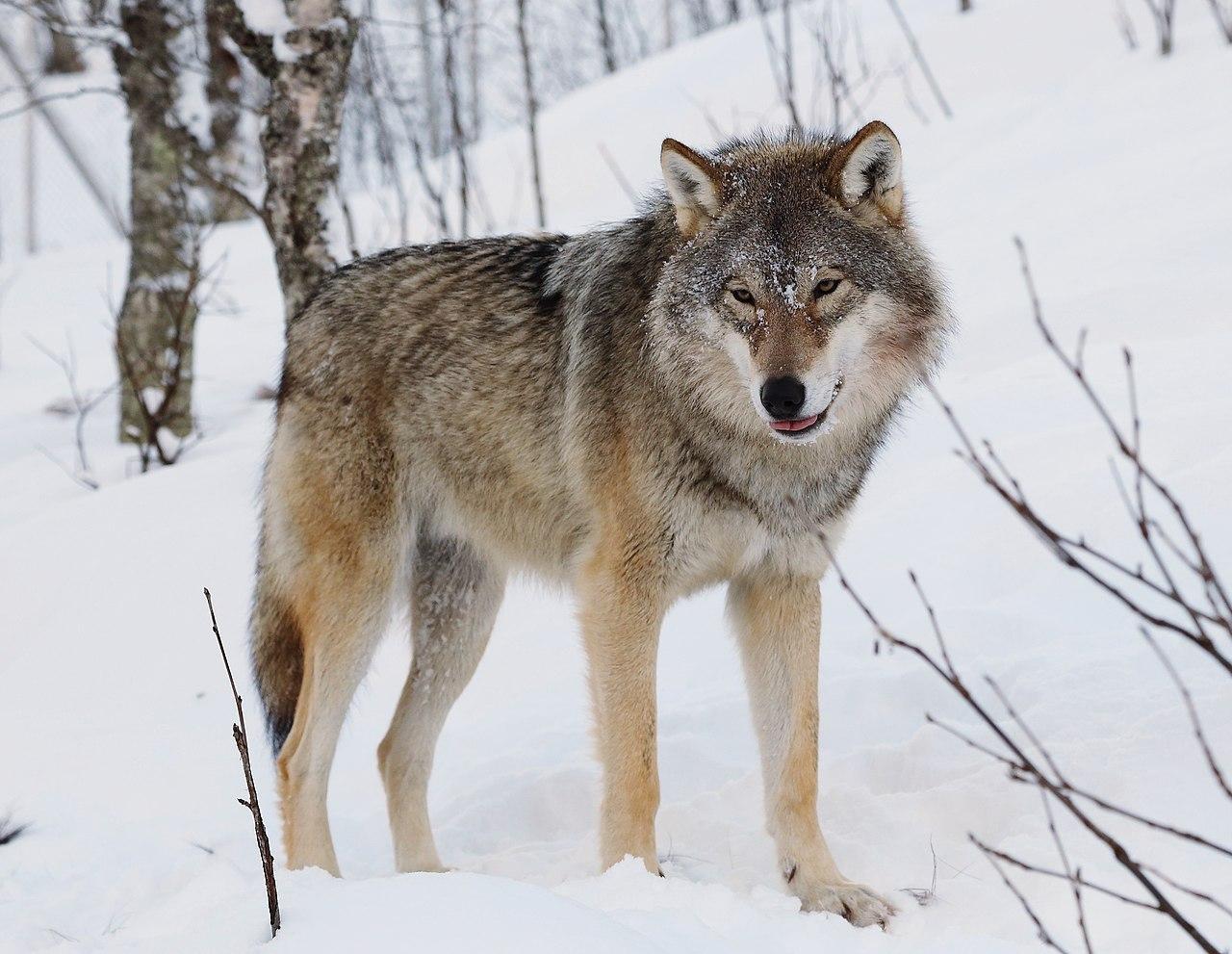
Source: Wikimedia
According to initial estimations, the wolf could be up to 44,000 years old, making it one of the oldest ever discovered, per Business Insider.
The Frozen Conditions of Russia Helped Preserve the Wolf
The wolf’s remains were in an almost perfect state of preservation, thanks to the region’s frozen conditions.
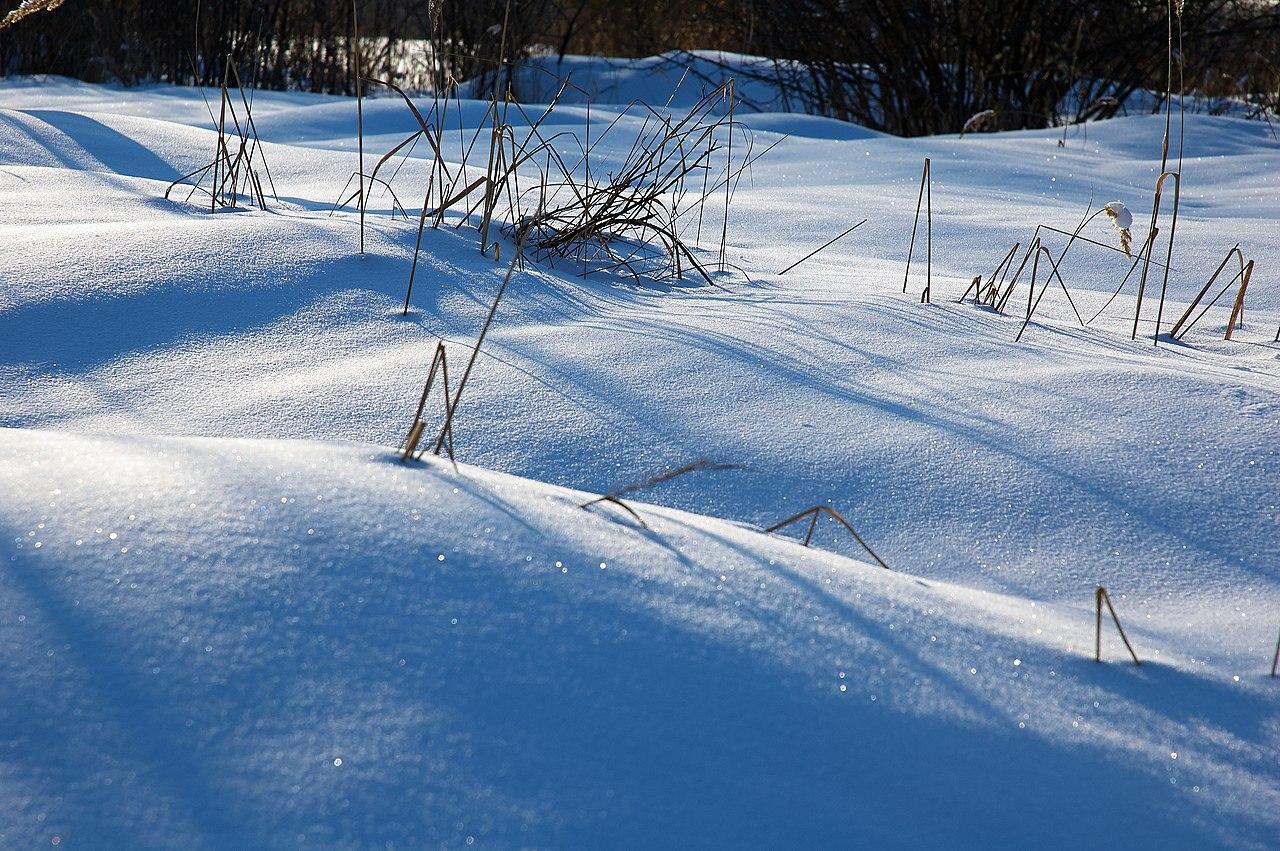
Source: Wikimedia
Researchers revealed that the Pleistocene predator had much of its fur and teeth and even contained many of its organs, which can be examined to shed light on the life of this wolf who roamed Russia over 40,000 years ago.
Researchers Shocked by the Discovery
Speaking with Business Insider, Robert Losey, an anthropologist at the University of Alberta who did not participate in the study, said, “It’s shocking, actually.”

Source: Freepik
“It’s the only complete adult Pleistocene wolf that’s ever been found so that in itself is really remarkable and completely unique,” he added.
What Can the Researchers Learn From the Wolf?
Researchers explain that, due to its state of preservation, they can learn a lot from the wolf, including its diet, lifestyle, genetics, and even the various viruses it may have had.

Source: Wikimedia
“Living bacteria can survive for thousands of years, which are a kind of witnesses of those ancient times,” said Artemy Goncharov of the Institute of Experimental Medicine in a translated statement.
Extinct Species of Wolf
According to the researchers, the wolf belonged to a now-extinct species that would have been considerably larger than modern wolves found throughout the world.
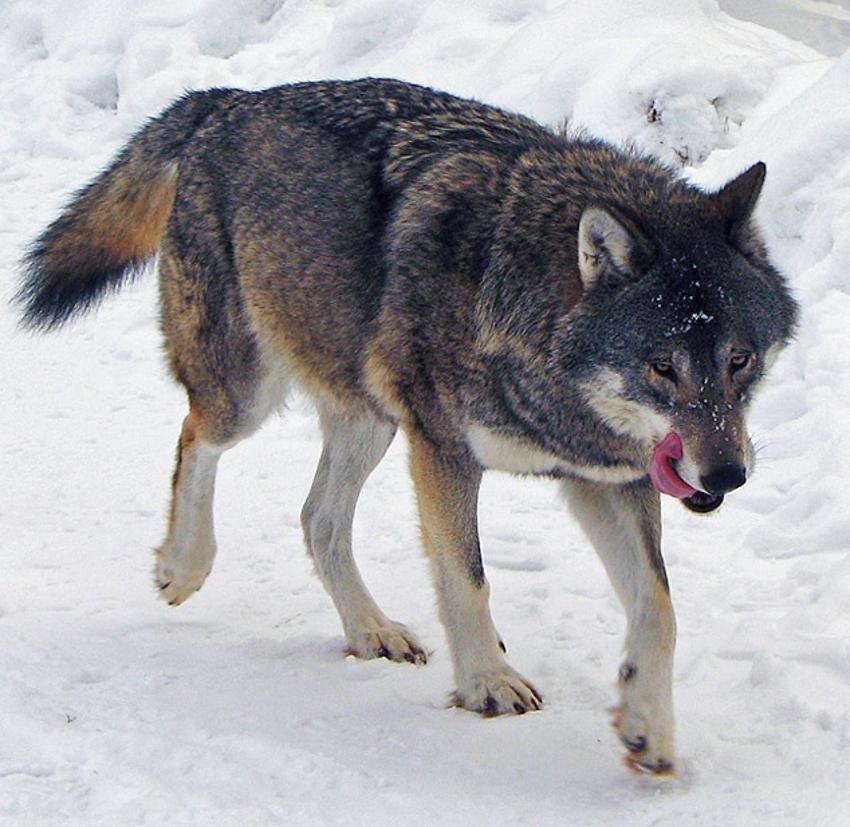
Source: Wikimedia
After examining one of the predators’ teeth, the scientists determined it was an adult male who likely hunted on flat plains in a cold environment full of woolly rhinoceros, mammoths, extinct horses, reindeer, and bison.
Further Testing on the Wolf’s Stomach
The scientists also took samples from the wolf’s stomach and sent them off to be tested. They’re still waiting for the results.

Source: Freepik
However, the researchers are hopeful that the tests will shed light on the functions of ancient microbes within the wolf gut. If any of the microorganisms are unknown to researchers, they may play a significant role in developing future medicines, offering hope for potential medical breakthroughs.
Researchers Collaborate to Study Ancient Animals
The study of the ancient wolf is part of a larger ongoing collaboration that aims to study a wide range of animals, from hares to horses and bears.
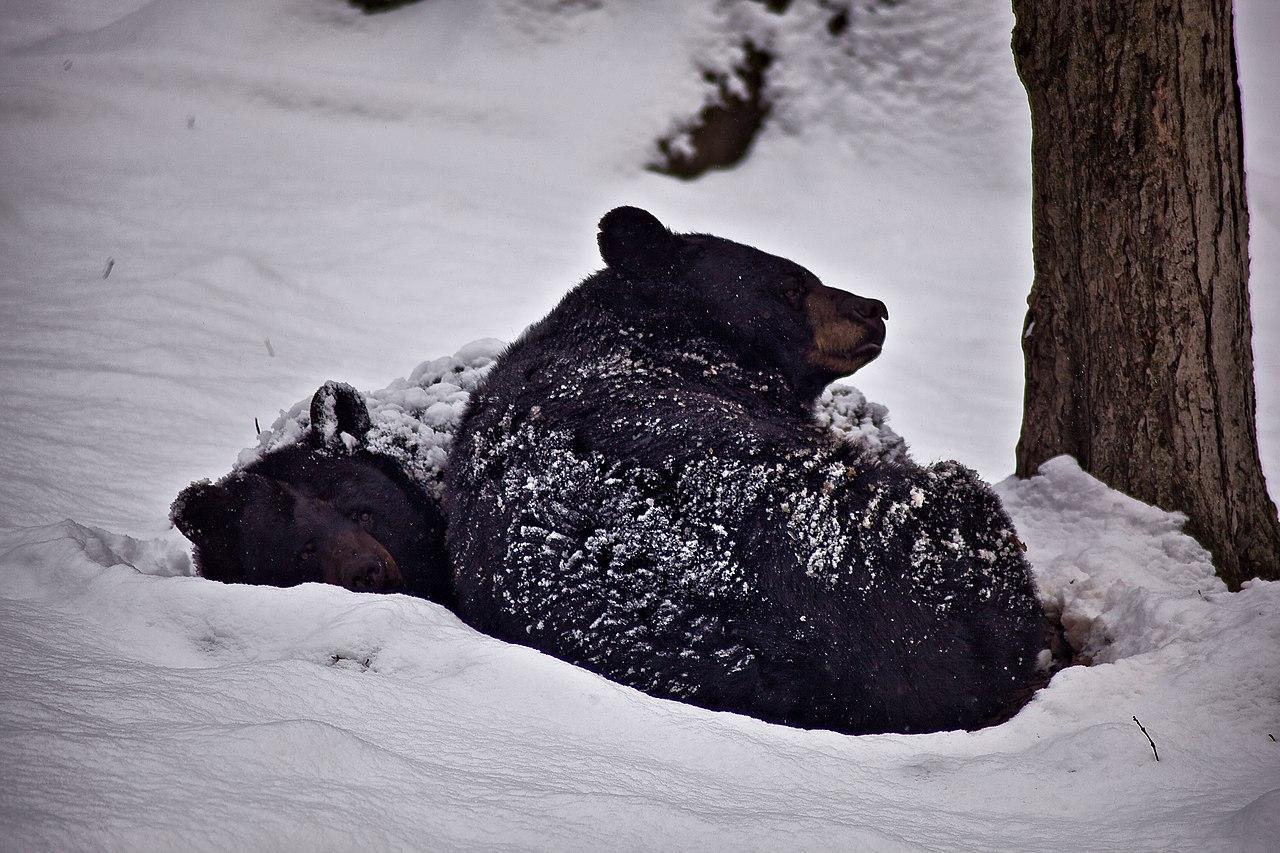
Source: Wikimedia
The team of researchers previously studied the remains of a wolf’s head from the Pleistocene era, and another wolf fossil is currency awaiting dissection.
Permafrost Melting Around the World
The discovery was only made possible due to the melting of permafrost; a phenomenon witnessed in regions across the globe. In the Yukon region of Russia, a separate wolf was discovered back in 2020.
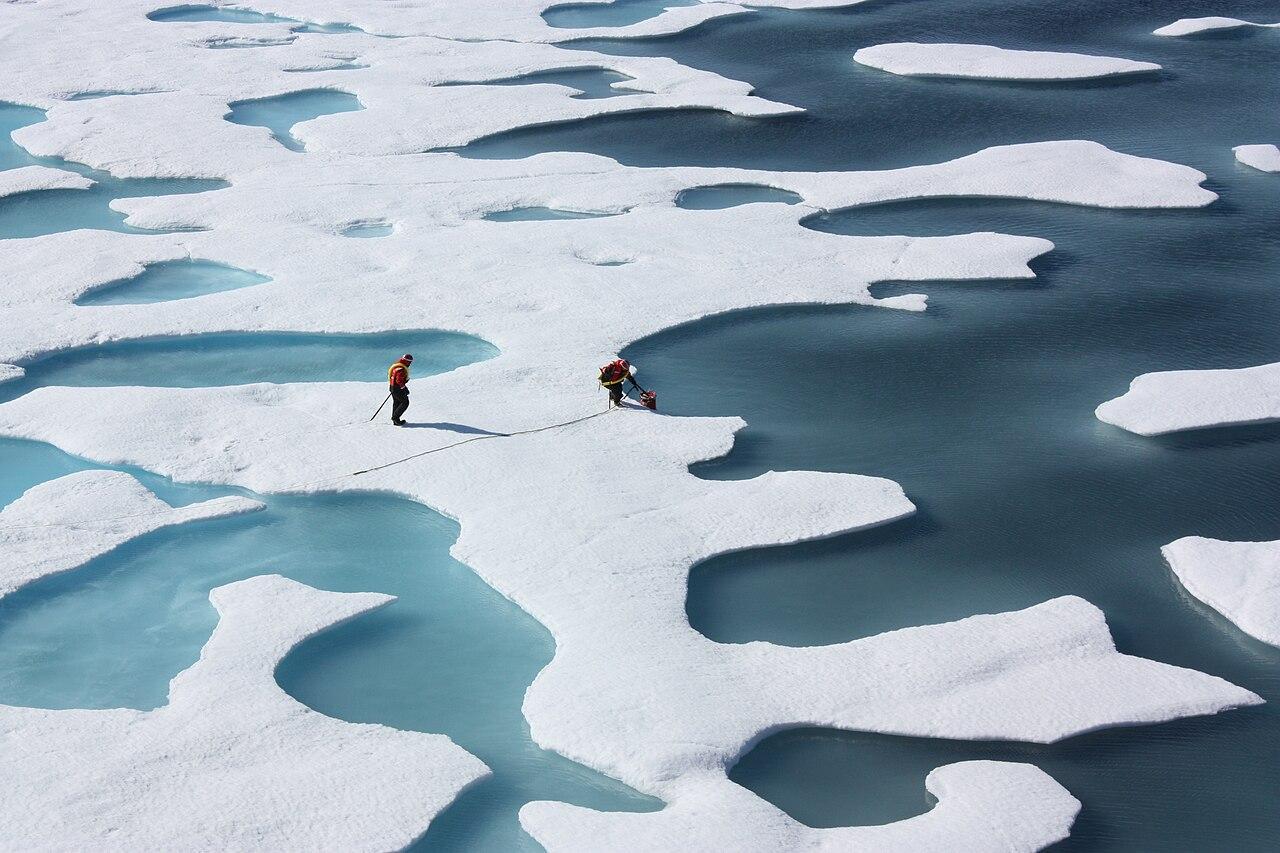
Source: Wikimedia
The remains of the 7-week-old cub are thought to date back over 57,000 years. Researchers believe the wolf was in its den when it collapsed, killing the young animal instantly.
57,000-Year-Old Wolf Cub Found in the Yukon
The low temperatures of the Yukon region meant that the body remained well preserved over the tens of thousands of years that have elapsed since its death.
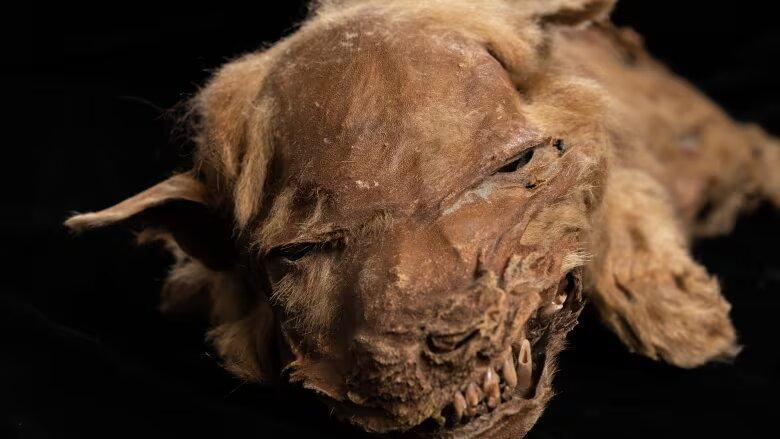
Source: Government of Yukon
“She is complete, with all her soft tissues intact and even her fur. This is a very rare find,” Julie Meachen, a professor of anatomy at Des Moines University, told Business Insider.
Ancient Viruses Lie Dormant in the Ice
Researchers fear the melting permafrost could release unknown pathogens that currency lie dormant in the ice. Just last year, scientist Jean-Michel Claverie revealed he had successfully revived a 48,000-year-old virus found in the Siberian permafrost.

Source: Wikimedia
“We view these amoeba-infecting viruses as surrogates for all other possible viruses that might be in permafrost,” Claverie told CNN at the time. “We see the traces of many, many, many other viruses. So we know they are there. We don’t know for sure that they are still alive.”
